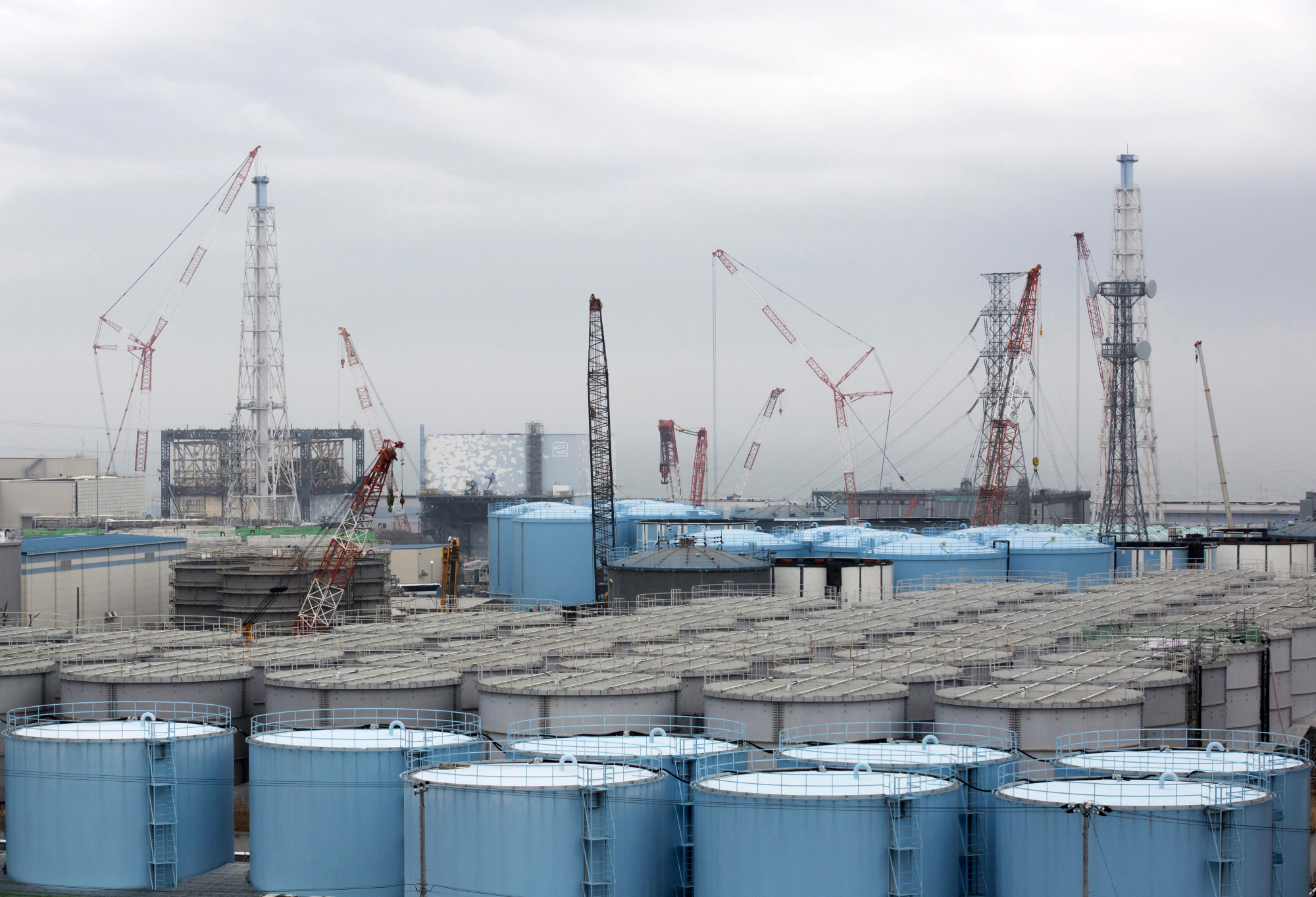Virtually every news story about the Fukushima No. 1 nuclear power plant acknowledges the tremendous ongoing problem of contaminated water that is accumulating in approximately 850 large tanks on-site. There are about 850,000 tons of water in the tanks at present, from which all radionuclides of concern except tritium — radioactive hydrogen — have been effectively removed. More water accumulates each day, in quantities roughly equal to the amount of groundwater that seeps into the damaged reactor buildings. Tokyo Electric Power Company Holdings estimates that at the current rate it will run out of tank space in 2020. Something needs to be done well before then, and the decision should address the concerns of all stakeholders, public and private.
The Ministry of Economy, Trade and Industry recently announced that meetings will be held where the public can hear explanations of proposed solutions and comment on them. Unless they think seriously about how to prevent this from becoming yet another clumsy exercise in DAD — "decide, announce, defend" — these meetings will be a mere fig leaf that will allow the government to claim it has adequately consulted the public.
As it is, the government's decision-making process itself appears to be dysfunctional, and we have reason to be skeptical that it will be possible to avert very bad domestic and international public reactions if and when this water is disposed of.

















With your current subscription plan you can comment on stories. However, before writing your first comment, please create a display name in the Profile section of your subscriber account page.